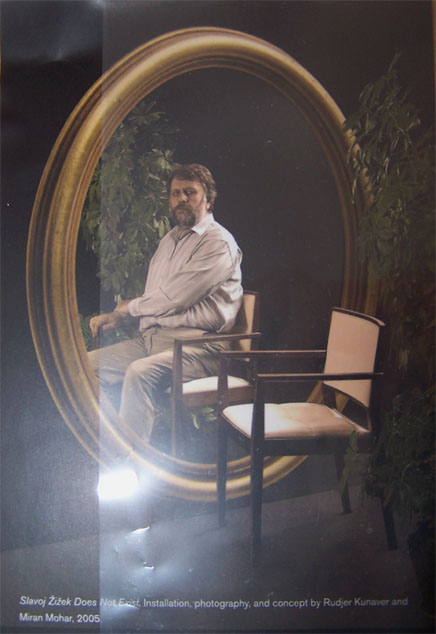High, Light
My last two weeks have been dedicated to Zizek's The Parallax View. It would be daft of me to attempt to condense this book for many reasons, the main one being the sheer number of seemingly unrelated topics he manages to bring together in a tight, rigorous centre ("pero sin perder la ternura, jamas"...) with a solid base on philosophy (from what I can tell-- my knowledge of philosophy being comparable only to my scientific inaptitude -- tho the former is a question of being able to think and the latter depends on specific skills) which provides his foundation, along with Lacanian psychoanalysis, for his critical examination of political theory and ideology, pop culture, literature, etc.
There are so many points and passages which provide endless mental nourishment, it becomes difficult to isolate only one.
But... I will do just that, because ... I feel like it.
*****
"Humoresque," arguably Schumann's piano masterpiece, is to be read against the background of the gradual loss of the voice in his songs: it is not a simple piano piece, but a song without the vocal line, with the vocal line reduced to silence, so that all we actually hear is the piano accompaniment. This is how one should read the famous "inner voice/innere Stimme" added by Schumann (in the written score) as a third line between the two piano lines, higher and lower: as the vocal melodic line which remains a nonvocalized "inner voice," a kind of musical equivalent to the Heidegger-Derrida "crossed-out" Being. What we actually hear is thus a "variation, but not on a theme," a series of variations without a theme, accompaniment without the main melodic line (which exists only as Augenmusik, music for the eyes, in the guise of written notes.) (No wonder Schumann composed a "concert without orchestra," a kind of counterpoint to Bartók's "concert for orchestra.") This absent melody is to be reconstructed on the basis of the fact that the first and third levels (the right- and left-hand piano lines) do not relate to each other directly, that is to say, their relationship is not that of an immediate mirroring: in order to account for their interconnection, we are thus compelled to (re)construct a third, "virtual" intermediate level (melodic line) which, for structural reasons, cannot be played. Its status is that of an impossible-real which can exist only in the guise of a writing: its physical presence would annihilate the two melodic lines we hear in reality (as in Freud's "A Child is Being Beaten," in which the middle fantasy scene was never conscious, and has to be reconstructed as the missing link between the first scene and the last.) Schumann brings this procedure of absent melody to an apparently absurd self-reference when, later in the same fragment of "Humoresque," he repeats the same two actually played melodic lines, yet this time the score contains no third absent melodic line, no inner voice -- what is absent here is the absent melody, that is, absence itself. How are we to play these notes when, at the level of what is actually to be played, they exactly repeat the previous notes? The actually played notes are deprived only of what is not there, of their constitutive lack -- or, to echo the Bible, they lose even that which they never had.
Slavoj Zizek, The Parallax View, pp. 365-6























No comments:
Post a Comment